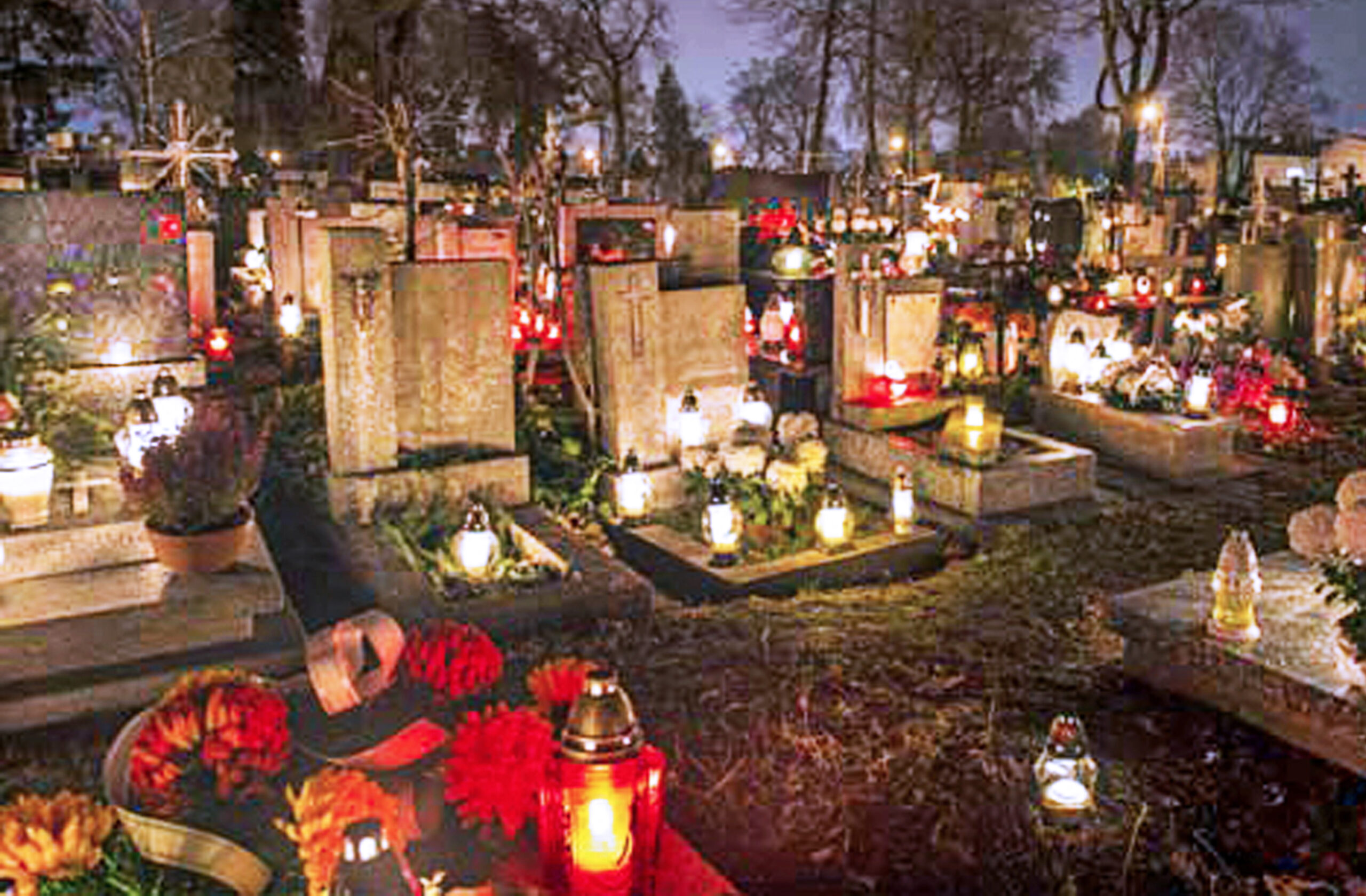In the United States, Halloween is a day of ‘Trick or Treating’ for children, but it is rooted in ancient traditions that extend beyond October 31st. In Italy, there are festivals and celebrations throughout the country commemorating the spirit world and those who have departed.
On November 1 and 2, Italians celebrate All Saints Day and All Souls Day. November 1 is known as La Festa di Ognissanti, a feast to celebrate all of the saints of the Catholic calendar. It is a public holiday and a holy day of obligation; schools and many businesses are closed for the feast. All Souls Day, known as Giorno dei Morti (day of the dead), commemorates loved ones who have departed.
All Saints Day – November 1
Writings traced back a day to honor the saints to the year 609 AD, as the earliest to mention of the feast. All Saints Day originally took place in the spring, but it was eventually moved to November 1. In 835 AD, Pope Gregory IV authorized All Saints Day as a public holiday and for many in Italy it is customary to go to Mass and then visit the cemetery. In Rome, a large Papal Mass is open to the public. The Liturgical color for All Saints Day is white, which is intended to symbolize light, innocence, purity, joy, triumph and glory. Throughout the country, Mass is often held directly at the cemetery, while in some cases, it is celebrated in the church and then followed by a procession to the cemetery where the priests bless the dead.
On All Saints Day, Italians will visit their families and exchange gifts. For those who are named after saints, this is a day of celebration for them as well. Since it is celebrated in autumn there are a few seasonal delights that are common across Italy, including roasted chestnuts, pumpkin risotto and truffles. Still, there are different cuisines among the regions. In Liguria and Piedmont, a specialty for All Saints Day is Ceci con le Costine, a soup made of chickpea, celery, carrot, onion, tomato and pork rib. A delicacy that you will only find at this time of year called Il Pan dei Morti, a bread (or cookie) made with flour, sugar, eggs, crumbled biscuits, raisins, cinnamon and chocolate. If you are in Italy on November 1, keep an eye out at bakeries for this tasty delight; if not, we have included a recipe for you to try.
All Souls Day – November 2
Following All Saints Day is All Souls Day, a day to commemorate loved ones who have passed away. Families will visit their loved ones’ gravesites, clean them and leave traditional flowers – the chrysanthemum. They are not traditionally given as gifts to the living and are commonly used to decorate grave sites on All Souls Day.
Far from being a somber affair, the graveside vigil is an occasion to thank their ancestors, a celebration of their lives and a chance for adults and children alike to chat with them as if they were still here. In Rome, there was even a custom to eat a picnic at the graveside, a way of sharing a meal with dead loved ones.
If the living get closer to the dead on All Souls Day, it is also the time for the dead to get closer to the living. Some believe that the spirits of those departed return to earth on this day. To welcome them, one common Italian tradition was to set an extra place at the table or even put out a tray of food for invisible visitors. In parts of northern Italy as well as Sardinia, families traditionally go to the cemetery in the evening without clearing the dinner table so that spirits can come and help themselves without being disturbed. In other regions, people leave lanterns lit and fires burning overnight, while in Cremona in Lombardy, it is customary to get up early on All Souls Day and make the bed to allow wandering souls to find rest. In the Emilia Romagna, the poor are entitled to carità di murt, charity in the name of the dead, in the form of donated food or money.
All Souls Day begins at dawn, with a requiem Mass for the dead. Prayers are offered for the dead, as well as souls that are stuck in purgatory. All Souls Day also has a major focus on food. Like “trick-or-treating,” children in Italy will walk around knocking on doors, saying,” Morti, morti,” to receive cakes and sweets. Each region has its own variation of dolci dei morti – sweets of the dead, treats meant to sweeten the bitterness of death. Usually simple white biscuits are given, which are typically baked in the form of a bone as an edible memento. Another variation is fave dei morti, beans of the dead, which are small ground almond cakes in the shape of a bean. These are especially popular in Perugia and Trieste. The treats are sometimes given as gifts between lovers on All Souls Day, either as a comfort or a pledge to be faithful ‘til death do us part.’
In Sicily, clove-scented cookies are made only for this day. Children who have been good and who remembered their departed relatives in their prayers, are rewarded with gifts of toys and sweets. The traditional treat is marzipan, sometimes hidden around the house on the morning of November 2nd. An even older tradition was for children to leave their shoes outdoors while praying to dead, hoping they would be filled with sweets and goodies in the morning.





